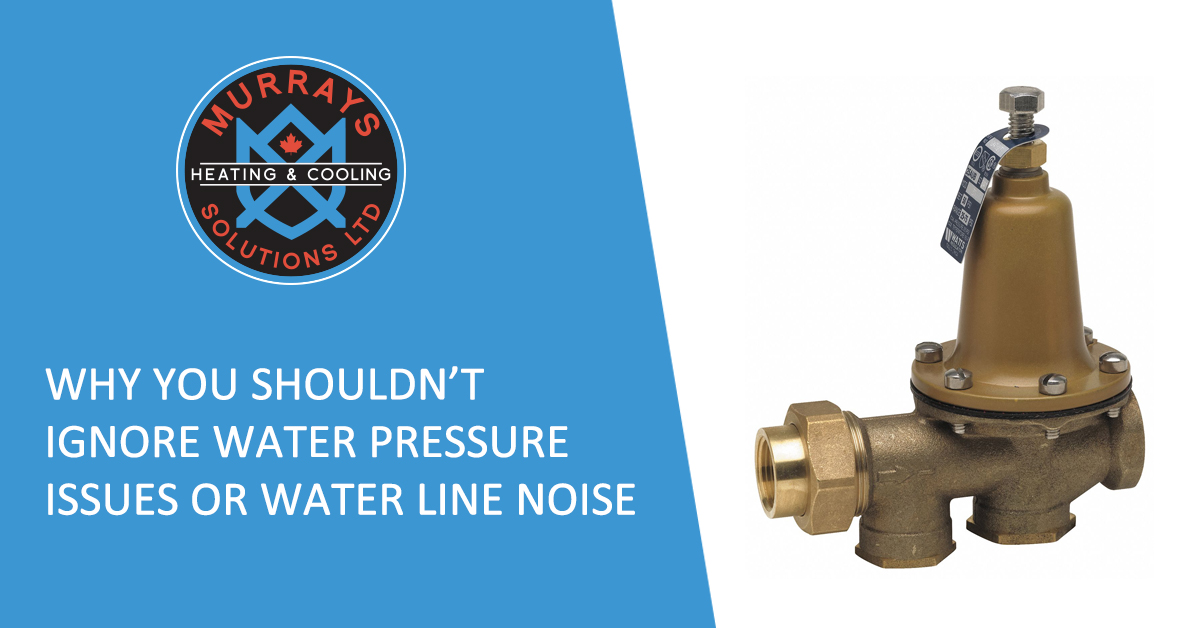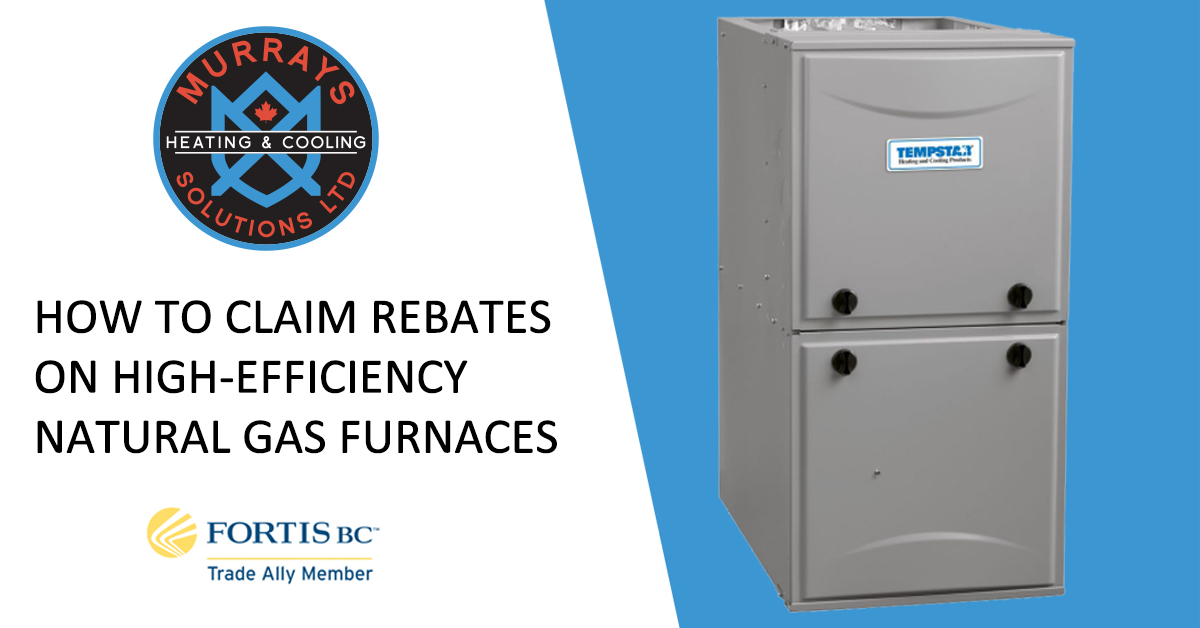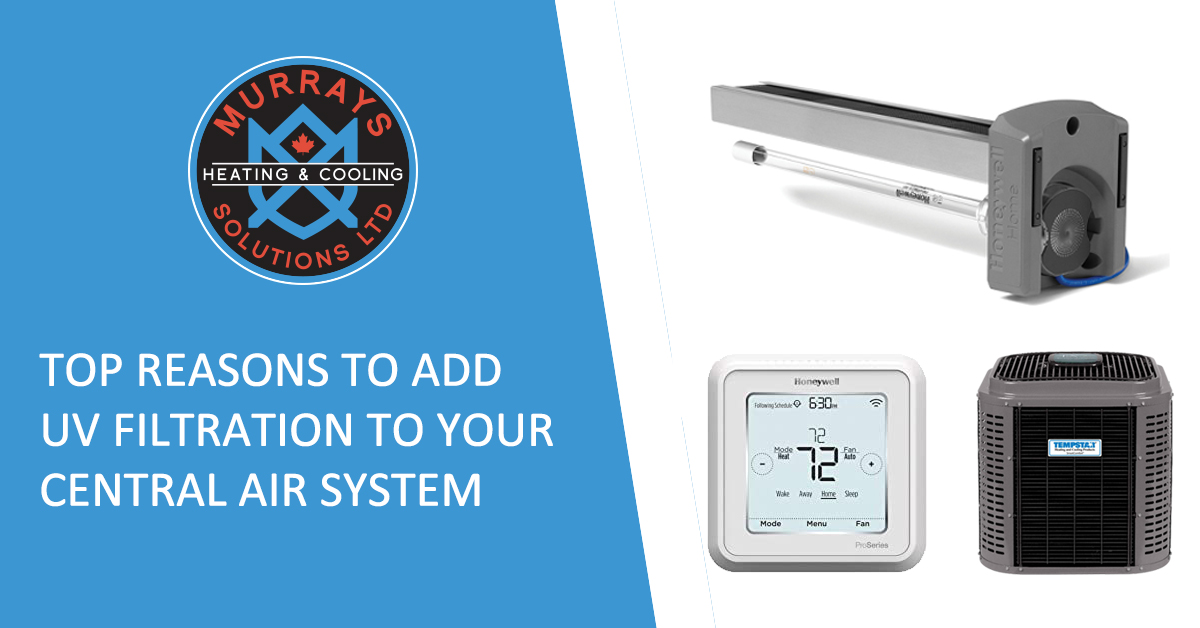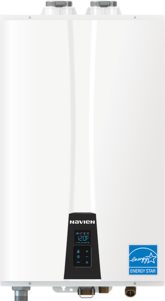 If you’re having issues with your water pressure (too high, too low, or fluctuating), it may be time to replace your home’s pressure reducing valve (PRV). Another tell tale sign is hammering or vibrating noise in your pipes. While it may seem like a minor inconvenience, there is good reason not to ignore it.
If you’re having issues with your water pressure (too high, too low, or fluctuating), it may be time to replace your home’s pressure reducing valve (PRV). Another tell tale sign is hammering or vibrating noise in your pipes. While it may seem like a minor inconvenience, there is good reason not to ignore it.
What is a pressure reducing valve?
A pressure reducing valve is a key piece that connects your municipal water line to your home’s water lines. Just as the name suggests, it reduces the high pressure coming from the water source down to a lower pressure for your home.
Why is it important to have a properly working PRV?
Aside from annoyances in water pressure and noises from water pipes, your home’s water lines, faucets, and appliances (dishwashers, hot water tanks, laundry) weren’t designed to handle this level of high pressure. This can lead to excessive wear and tear and an increased potential of water leaks.
How often should you change your PRV?
A PRV will typically last 10-15 years with some lasting up to 20. The lifespan will depend on a variety of factors. At the first signs of water pressure issues, water pipe noise, or visible corrosion on your PRV, you should have it inspected. It can potentially cause major issues if left ignored.
What else can you do to protect your home?
Monitoring issues in your water pressure can leave a lot of grey areas. One additional tool that you can add to your home is a water monitoring system. A popular choice is Flo by Moen. This can detect changes in water pressure such as leaks or a failing PRV. It connects to your smart phone and will alert you of any issues and also allow you to remotely turn off your water supply. It can add a lot of peace of mind if you’re vacationing and also potentially save money on home insurance. If you install at the same time as you replace a PRV, it will usually save you on installation labour. Read more on these monitors here.
Wondering if it’s time to change your PRV? Contact us and tell us about the issues you’re having. We offer free quotes.






